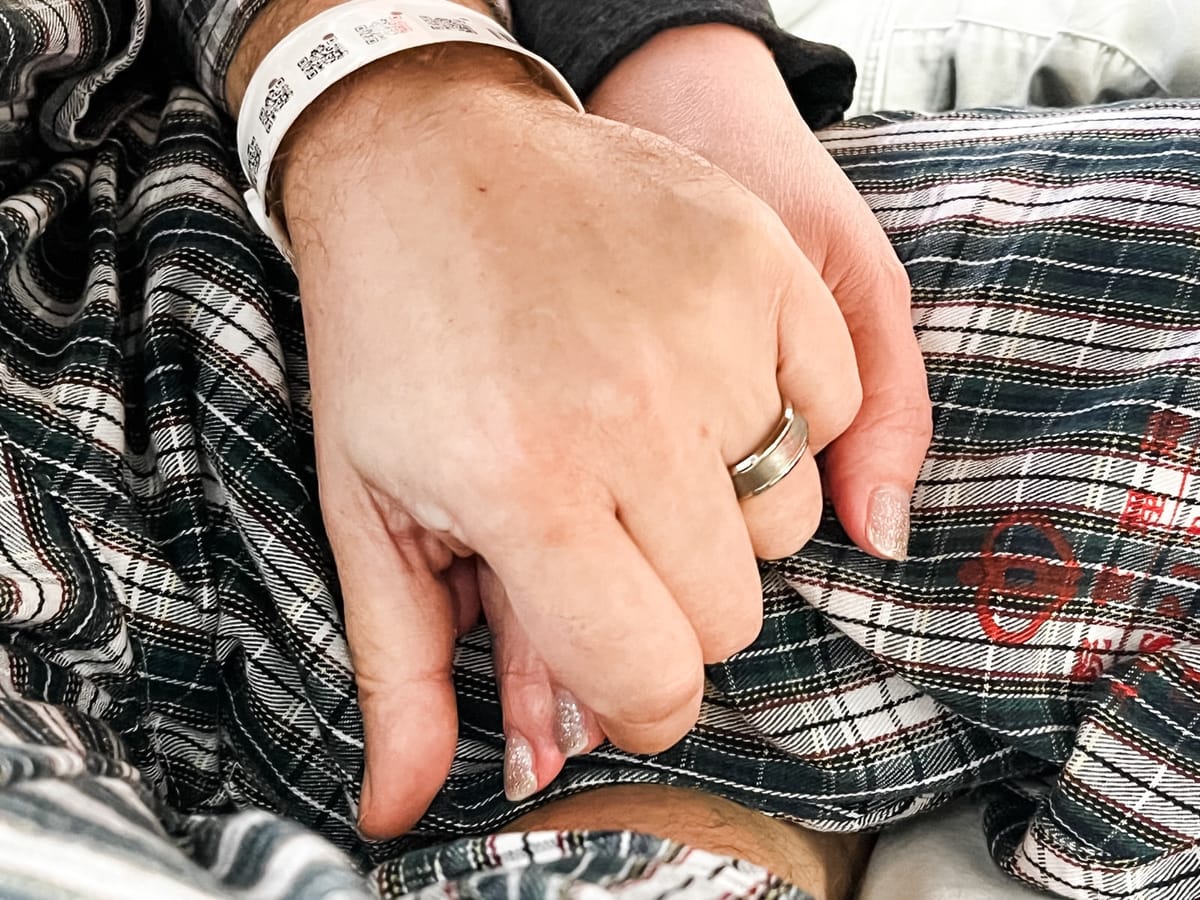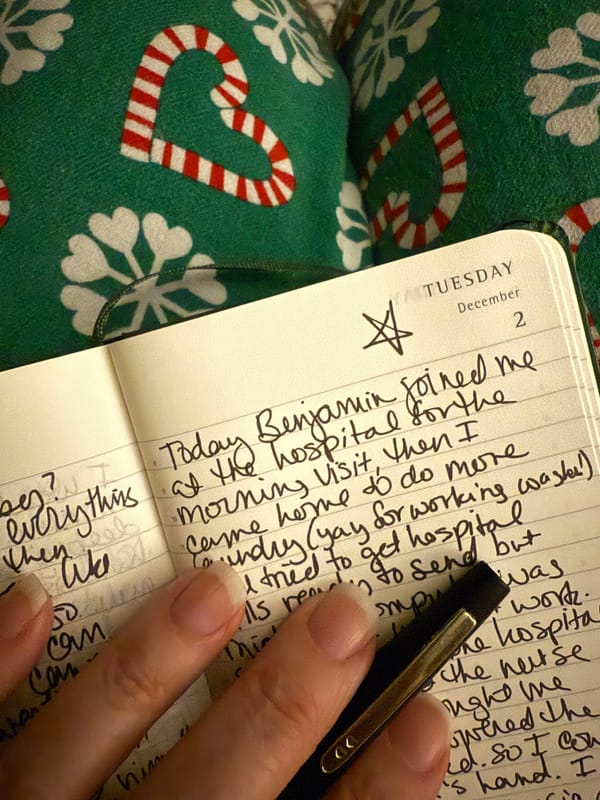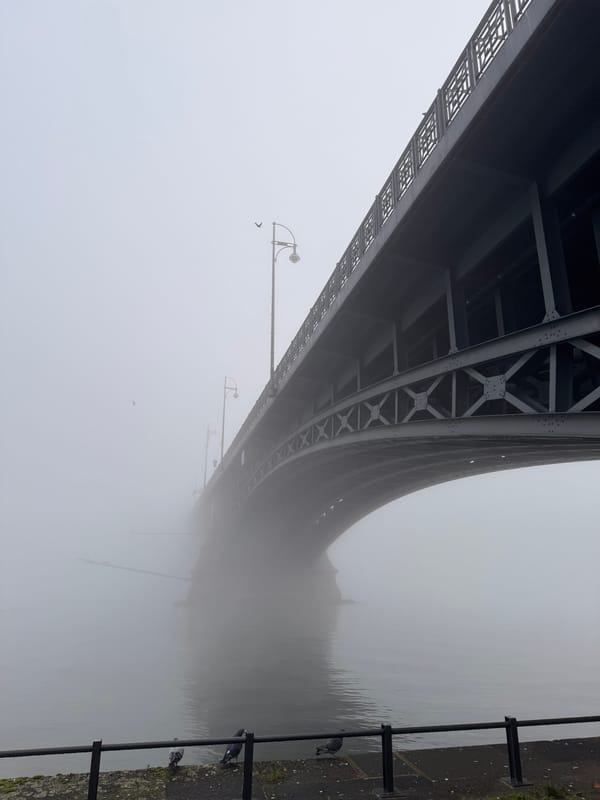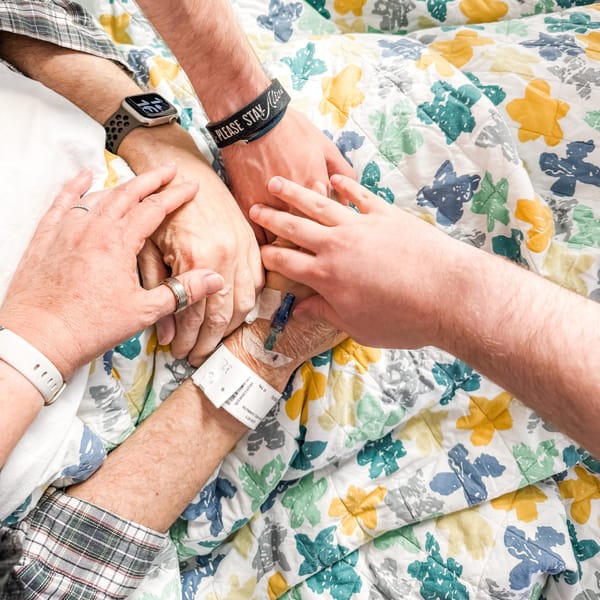The Price of Life

I had planned to write about the cost of cancer treatment in Hong Kong a few weeks from now, along with the differences in the Hong Kong public and private healthcare systems. But today we find ourselves in the midst of making an impossible financial decision with a deadline of tomorrow, so I thought I share some of that now.
As Hong Kong residents, we are eligible for government subsidized health care. Michael is being treated within the public hospital system, meaning we don’t need health insurance to offset the cost, the government takes care of it. Up until this point, the amount we have paid for all of Michael’s treatment, including hospitalization, medication, treatments, testing, procedures, and everything else you can think of, has run no more than $120 HKD per day, which is about $15 USD. We have been so grateful to benefit from our Hong Kong residency and the government subsidy.
Michel has a very rare type of cancer (Mixed Phenotype Acute Leukemia - MPAL) which has both Acute Myeloid and Acute Lymphoblastic Leukemia origins. In addition, he has a rare mutation of a chromosome (Philadelphia Chromosome, or Ph+) which basically creates a new gene that incites your bone marrow to riot, causing immature white blood cells (lymphoblasts) to reproduce rapidly out of control. This leads to more leukemia. The cancer can be treated with chemotherapy and a bone marrow transplant, but the Ph+ produces blasts so rapidly it needs to be treated separately with an oral medication called a TKI - a Tyrosine Kinase Inhibitor.
Before Michael can have the transplant, the Ph+ needs to be as low as it possibly can be. A month ago they said it was under the threshold required to be eligible for a transplant, which was an incredible relief. But on Monday we got the long awaited results of his most recent bone marrow test and the numbers are low, but not as low as they could be, certainly not as low as his team would like them to be for the biggest chance of long term remission after the transplant.
Real world data says the lower the Ph+ at the time of the transplant, the higher the transplant’s success rate (the detailed explanation of “success” is another topic for another day, but for right now we’ll call success survival). The Philadelphia Chromosome is a tenacious little thing… if the Ph+ is still detected on the molecular level (which in Michael’s case it is), it can come roaring back even after the transplant.
Think of the Ph+ sort of like an invasive, aggressive weed growing in a yard which used to be covered in healthy grass, but is now choked with the weed. Only this weed is so aggressive it can also take over your home, your street, and your whole neighborhood, rendering it all uninhabitable if it’s not stopped. You’re told that to get rid of the invading species, you’ve got to pull up every living thing in the yard, both weed and any remaining grass, and treat the soil. But if you use a weed killer that isn’t fully effective at truly getting every last bit of roots or seed, the new, fresh lawn will eventually be overrun once again by that insidious weed.
The TKI they started him on back on January 1st when we found out he was positive for the Philadelphia Chromosome is a first generation drug fully covered under the government subsidy. It did work, up to a point. But after the meeting yesterday with the supervising doctor handling Michael’s case who has consulted with the transplant team, they really want him to change to the second or third generation drug. These are fully FDA approved with lots of available data on efficacy, but not covered under the government subsidy. We would pay out of pocket for them.
The second generation drug is more effective than the first, but it has some significant undesirable side effects, which pushed drug researchers to create a newer version. The third generation is the current Cadillac of TKI meds, with great data showing great success, and less side effects than the second generation. The transplant team and Michael’s case doctor both want him to take the third generation drug because he may only get one chance at a transplant. They want the best weed killer so the lawn doesn’t become choked with weeds again.
Michael’s age plus the known damaging effects of the transplant process mean he may not qualify for a second transplant down the road if the first one isn’t successful. There’s a lot riding on it! Everyone wants to give him the absolute best set of circumstances going into that transplant, to get those Ph+ numbers as low as possible. It’s what we’re all working toward.
So to use that lawn analogy once more… if you only had a single chance to replant your yard, to save your home and neighborhood from that aggressive, hard to kill weed, wouldn’t you want the most effective weed killer?
The doctor pulled out a fresh sheet of paper and scribbled the names and retail prices of the medications. The cost of the second generation drug with the severe side effects is currently $11,000 HKD a month, about $1,400 USD. The cost of the third generation drug, the Cadillac with the highest rate of efficacy, is $35,000 HKD a month, or about $4,500 USD.
As the blood drained from our faces and the room started spinning, the doctor reminded us that we do have the option to remain on the first generation drug covered by the government stipend. Many people do. It’s why they have data on success rates, and why they are recommending we make a different choice.
We asked for a little time to make this decision. This weekend is a four day public holiday. They gave us until Thursday (tomorrow) so they can put in the drug order for us to pick up at a community pharmacy, at which time we will need to pay up front.
So how do we make a decision like this?
When our youngest son was born, he had congenital heart disease. He needed heart surgery at four days old to save his life. But they did not require payment to proceed. We had health insurance which got the process started and paid for some of it. Ultimately the insurance denied payment for a lot of the services, leaving us with a collection of bills demanding roughly $100,000 USD ($390,000 HKD) — more than we made in a year!
Michael worked for a non-profit theater company in the San Francisco Bay Area and we were very broke. We’d already used every bit of our savings to prepay the hospital delivery cost for me to give birth. There was no way we could pay the bills which kept piling up. We paid a little at a time, despairing that we’d ever make a dent. Then some absolute angels in our large church community, friends-of-friends-of-friends we didn’t even personally know, heard about our plight, stepped in and wrote checks to cover the bills, which were shockingly, miraculously, all paid off before our son celebrated his first birthday.
This situation we find ourselves in today has echoes of the past, yet feels so different. This isn’t a lifesaving emergency surgery which comes with a bill we can make payments on, a little at a time. This is walking into a pharmacy and putting down the full amount of money in exchange for the drug which may give Michael a better chance of living through this. And then doing it again and again, for months at a time. Michael’s survival of cancer isn’t in the past the way we can look at our now 21-year-old son and say his life-saving heart surgery is in the past. We have to make a decision now about the future, one that isn’t guaranteed even if we choose the strongest available medication. It’s paralyzing to find ourselves back in this place once again, facing something so much larger than our ability to hold it all together on our own.
Rapidly approaching is the date when Michael’s paid sick leave, vacation pay, and our available savings dry up. We were just trying to make it through chemotherapy and the transplant in the hopes that things would get back to some semblance of normal with financial recovery just around the corner. We didn’t take into account such an extreme chunk of outgoing money, which now brings that date of financial depletion even closer.
After a few minutes of properly freaking out following our talk with the doctor, Michael and I shakily prayed for wisdom because a decision like this needs it. How do you put a dollar amount on survival? How do you try to decide what you’re willing to risk on statistics, that maybe you’ll be the one with the favorable outcome so many are hoping and praying for right now? People around the world make decisions like this every single day and it’s not easy for anyone.
We came home and discussed with our sons the choice at hand, poured over the minute details of our financial situation together, pooled all our resources, and asked for their input on the decision because whatever we do, whatever the outcome, this will greatly affect them. We were already in the process of contacting every single community and NGO resource given to us for possible financial aid. We’ve chased down lots of other leads, spending yesterday and today filling out applications and compiling records. We’ve already been excluded from a few and won’t have an answer from the rest by the time we need to give the doctor our decision of how to proceed.
It feels so impossible because if money were not an option, we would probably all make the same choice: do whatever it takes, go for the gold, shoot for the stars. But when you’re looking at the details of your balance sheet and seeing the visible edge of your financial safety net, is doing “whatever it takes” a foolish and irresponsible act? Or is it an act of bold faith, a public statement that a chance at life is worth risking everything, believing the visible edge of our safety net is just the limit of what our human eyes can see? What if the net actually extends much further than we could ever imagine?
From a religious perspective the timing of this is a bit wild… we’re in the midst of Jewish Passover and walking into Christian Easter. One holiday commemorates being spared from destruction and death, the other a resurrection after death already occurred. We too have an overwhelming desire to be spared the destruction and death which creep ever closer. We’re reminded we are not the first to be burdened with difficult choices, the first to cry out for mercy and beg to not have to go through this, to put our children through this.
We do what those who have come before us have done: we hold onto hope, we cling to faith, we share our burdens and find comfort and solidarity with those who care about what we are going through, who have walked where we are walking now. And we pray for wisdom to make a courageous decision which brings life… to Michael, to our family, our community, our world.
Did someone send you this link? Consider supporting Plucky Day with a monthly or annual subscription.



